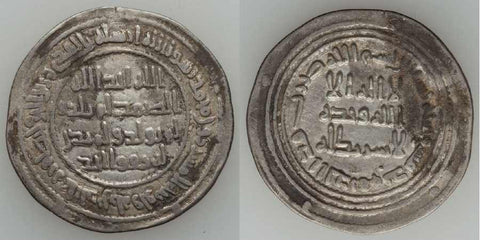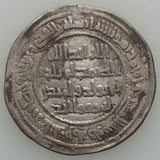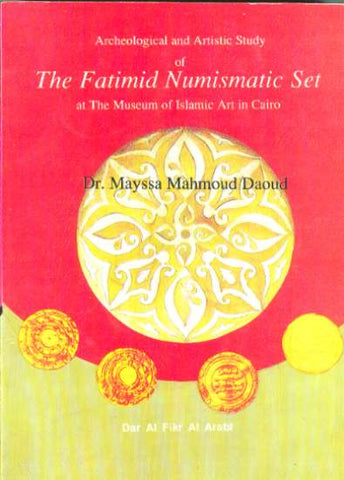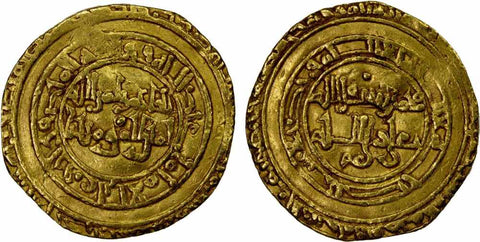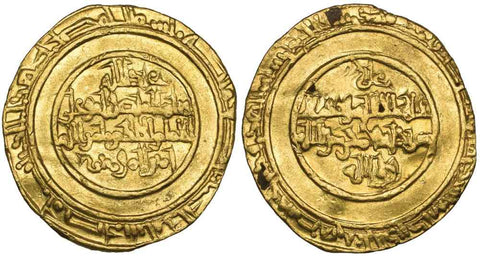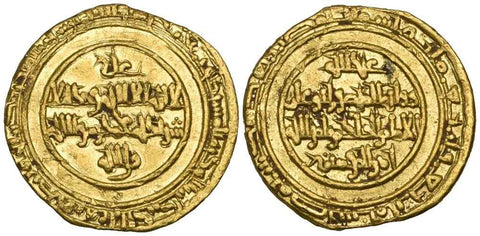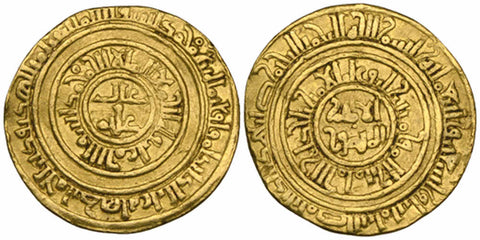Umayyad Silver Dirham Al-Walid ibn Abdel Malik 90 AH 709 AD Dimashq Mint
Description: A beautiful good very fine or much better Umayyad silver dirham struck in 90 AH (709 AD) during the reign of the Caliph al-Walid son of Abd al-Malik ibn Marwan. Al-Walid ruled the Islamic world in the period 86-96 AH (705-715 AD). Al-Walid's father Abd al-Malik is the Umayyad Caliph responsible for the reformed coinage in the Islamic world. This beautiful coin clearly shows the mint location being Dimashq and the year of minting being 90 AH. The coin has a pleasing appearance and is much better than the scan suggest. The coin has a large flan with nice a very readable calligraphy. Please carefully review the scan as it is part and parcel of our description.
Date: Struck 90 AH or 709 AD.
Mint: The coin clearly shows mint location being Dimashq.
Size and Weight: This is a silver dirham, weighs ~2.8 grams and is ~27 mm in diameter.
References: It is Album 128, listed in Al-Ush's Arab Islamic Coins Preserved in the National Museum of Qatar as #782,is listed in Lane Poole Catalogue of the Collection of Arabic Coins Preserved in the Khedivial Library in Cairo Egypt as #106, and it is Wilkes 266.
Condition: I would grade this coin as a good very fine or much better with a wonderful and well centered strike having beautiful Calligraphy. The coin, which has a relatively large flan, is nicely toned and is much better than the scan suggests. The coin is nicely toned, but also has some imbedded residue or dirt within the calligraphy, which can be seen in the photos. It also has general wear commensurate with the coin's age and circulated status, but the calligraphy is very readable and clear. The coin also has some minor surface scratches, bag marks, and large amounts of residue imbedded within the calligraphy on both sides. Other than that the coin is problem free, great looking, and is much better than the scan shows. Definitely a quality and beautiful coin. Please see photo for additional condition information.
Historic Perspective: The Muslim Arabs used existing gold and silver coinage in lands they conquered. At that time the nascent Islamic nation did not have a monetary system and did not strike neither gold nor silver coins, instead the conquering Arabs used the Byzantine monetary system already existing in Egypt for most of the gold coins and the Sassanian monetary system already existing in Iran for most silver coins with minor modifications. In 77 AH (699 AD) Abd al-Malik Ibn Marwan the Umayyad caliph instituted a monetary system and began striking the first Islamic coins including the gold Dinar and silver dirham. The dinar weighed 4.25 grams, or one mithqal, of the highest purity gold possible. The dirham weighed about 2.85 of the purest possible silver composition, which would maintain a solid coin. At the time the center of power and the main gold coin mint was located in Dimishq (current day Damascus in Syria), while silver coins were minted throughout the Muslim empire.

